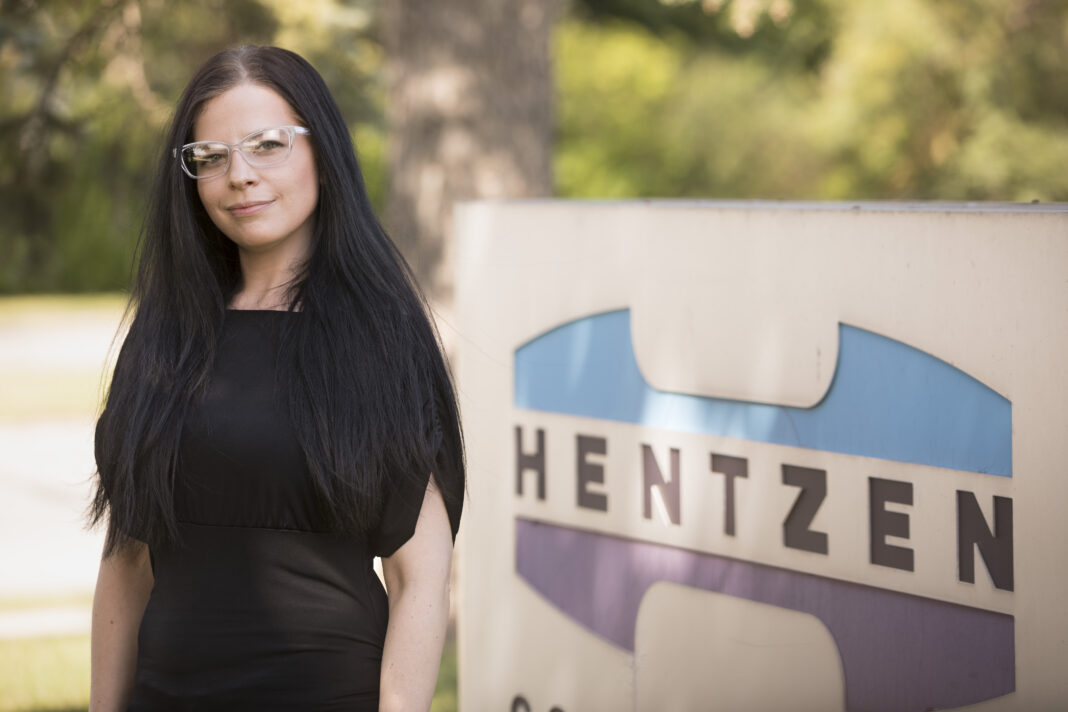Milwaukee Area Technical College is partnering with two Milwaukee business improvement districts as it launches a new co-op education model aimed at pairing students with good-paying jobs in their area of study.
The program is inspired by the Chicago Apprentice Network, an initiative that’s grown over the past four years from three companies offering apprenticeships in the trades and professional services sector to now more than 50 employers across 18 industries offering more than 1,000 apprenticeships in Chicagoland.
The new JobUp Milwaukee initiative is designed to offer similar opportunities to MATC students, though it will launch on a smaller scale.
MATC has partnered with the Menomonee Valley and Havenwoods BIDs in Milwaukee to pair students in various areas of study with employers within those districts. JP Morgan Chase, Bader Philanthropies and Greater Milwaukee Foundation provided funding for the program’s launch.
Through JobUp, students will typically work in their areas of study for at least two semesters at partnering employers in a co-op style. Regular wages will be paid by the employer; and they will likely be higher than what students would earn at traditional internships, MATC officials said.
Hentzen, HellermanyTyton, Advocate Aurora Health and PPS Companies have signed on as partner employers, and nine students have been placed so far.
YWCA Southeast Wisconsin is also a program partner and will provide diversity, equity and inclusion training to partnering employers in the BIDs through the program.
For employers, the benefit is engaging untapped talent to fill jobs now, while also supporting them to fill middle-skill positions in the future, said Laura Bray, vice president of college advancement and external communications.
MATC leaders have been developing the program since receiving its funding announcement from JP Morgan Chase in early 2020. Since that time, existing labor shortages have only worsened, Bray said.
“Pre-pandemic all of us were saying two things: One is the workforce shortage is real and, two, the skills gap is real,” Bray said. “And we weren’t anywhere near where we are in terms of workforce shortages now.”
Bray pointed to the workforce mismatch in the Milwaukee area: Projections say 60% of jobs require a degree beyond high school, but only 37% of the Milwaukee County adult population have a post-secondary degree. Meanwhile, the pandemic has exacerbated existing economic disparities for people of color in the region, Bray said.
“The more you learn, the more you earn,” she said. “We really think that making college accessible is … both the right thing to do, the moral thing to do, but also economically the thing we need to do to have our economy thrive.”
JobUp is among several initiatives MATC has launched in recent years to make college more accessible, including its growing Promise scholarship program for high school graduates, returning college students and those who have received their HSED or GED credentials.
“We have to throw everything at this,” Bray said, referring to the skills gap and inequities in the community.
“At this moment in time, companies are needing to take a look at changing the things they’ve done before and changing the status quo of how they get talent. And we feel it’s important to add co-op (education) to the mix,” she added.
Bray said the college often sees students put their education on pause in order to pursue a job that pays relatively well in the immediate term, but by not completing their degree, they forego longer-term wage growth and career advancement.
Another challenge for MATC students who are on their way to a four-year bachelor’s degree track is employers dismissing them as intern candidates because of their association with a technical school, Bray said. JobUp aims to get students connected to jobs within their field of study early on, so they can both earn money and gain applicable experiences while they complete their studies.
“We are a huge partner with four-year colleges, and for our students, often their pathway comes through MATC to the four-year school,” Bray said. “So, if we can get students engaged in the system of internships and apprenticeships earlier, that makes them better positioned.”
The existing equity gaps require colleges like MATC to take a more active role in connecting students to the workforce, she added.
“We need to better position them for opportunities and not just hope the workforce development world figures it out for them,” she said. “We have to be much more active in opening those pathways for our students.”
And given the large number of current and projected future job openings in the region, Bray said it isn’t sustainable for workforce development strategies to focus exclusively on the pipeline of talent coming out of high schools.
“There are 130,000 people in Milwaukee County who started but never completed a (college) degree,” Bray said. “There are roughly 10,000 people who (graduate) as seniors in high school (annually), a ton of which leave the state and don’t stay here. When we think about activating our base, it absolutely has to be both focused on those that are coming of age and are college-aged traditional students, but it also has to be giving pathways to adults who are returning to complete their degree. It has to be both.”


